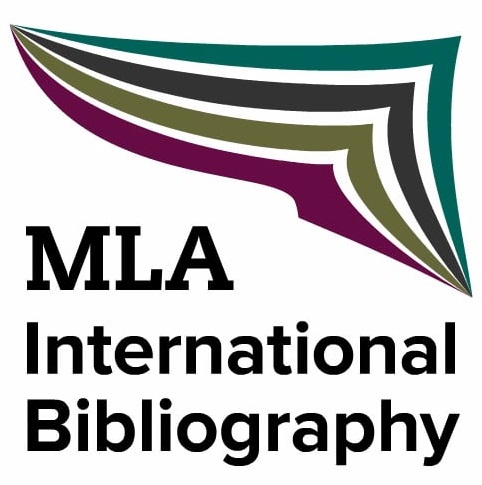“The Art of Observation”: Brecht’s “Kriegsfibel” and its Italian Translations
DOI:
https://doi.org/10.13135/2281-6658/3448Keywords:
Bertolt Brecht, Kriegsfibel, Abicí della guerra, Literature and Photography, Translation Studies, Didactics, Vietnam War, Renato Solmi, Collettivo Cinema Militante.Abstract
This paper aims to place an interpretation on some aspects of the Brechtian Kriegsfibel, as rendered in the two most important Italian editions of the text. The Kriegsfibel is a collection of “photo-epigrams” realized by Brecht during his exile and then published in 1955. In this work the topic of Second World War is discussed in the dialectic between photography and poetry. On the one hand, this operation aims to deconstruct the epistemological status of photography as Apparat able to reproduce the reality tout court; on the other, it questions the perception of reality in its historical, geographic and social aspects. In this way, the topicality of war photography is projected, through the epigram, in millennial History and, at the same time, the narrative of History activates in the reader the creation of meaning and, therefore, the concrete action in the present. In the light of this analysis, a study of Kriegsfibel’s Italian translations is proposed, i.e. the Abicí della guerra by Fertonani (1972), more literal and classical, and the one by Solmi (1975), freer and more actualising. The focus of discussion is on the second translation, which was proposed as an accompanying booklet for an audio-visual didactical experiment to take place in schools. This is a significant operation because it vivifies the didactic element and develops the performative character of Brechtian investigation, latent in the textual (and therefore visual) dimension of the original edition.
Downloads
Downloads
Published
Issue
Section
License
Authors keep the copyrights for their work and give the journal the work’s first publication copyright, which is at the same time licensed under a Creative Commons License – Attribution, which in turn allows other parties to share the work with an acknowledgement of the work's authorship and initial publication in this journal.
Content Licence

You are free to copy, distribute and transmit the work, and to adapt the work. You must attribute the work in the manner specified by the author or licensor (but not in any way that suggests that they endorse you or your use of the work).
Metadata licence

CoSMo published articles metadata are dedicated to the public domain by waiving all publisher's rights to the work worldwide under copyright law, including all related and neighboring rights, to the extent allowed by law.
You can copy, modify, distribute and perform the work, even for commercial purposes, all without asking permission.





